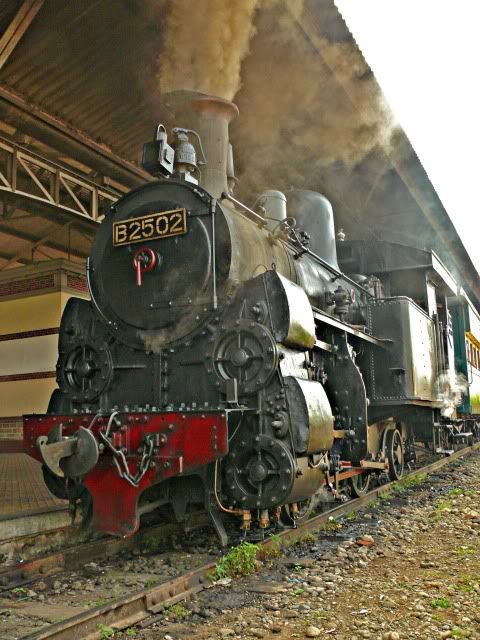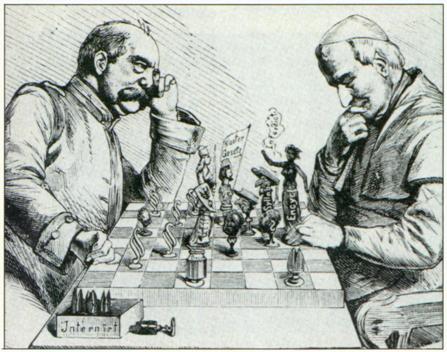Railroad connecting the german:http://germanhistorydocs.ghi-dc.org/pdf/eng/107_Railway%20Construction_7.pdf
"The Future of the Empire Foretold" Zollverein:http://germanhistorydocs.ghi-dc.org/sub_image.cfm?image_id=1327
Southern Germany and the North German Confederation (April 11, 1868) :http://www.germanhistorydocs.ghi-dc.org/print_document.cfm?document_id=1390
Richard Wagner, What is German? (1865/1878) :http://germanhistorydocs.ghi-dc.org/sub_document.cfm?document_id=1786
Theodor Fontane, "On the Cologne Cathedral Festivities" (October 15, 1880) :http://germanhistorydocs.ghi-dc.org/sub_document.cfm?document_id=1768
Johann Gottlieb Fichte, "Addresses to the German Nation" (1807/08) :http://germanhistorydocs.ghi-dc.org/sub_document.cfm?document_id=3596
"Germany's Unification" (1843) :http://germanhistorydocs.ghi-dc.org/sub_document.cfm?document_id=239
The Public Mood in Bavaria and Other Federal States through British Eyes (December 3, 1866) :http://germanhistorydocs.ghi-dc.org/sub_document.cfm?document_id=1817
German Federal Act (June 8, 1815) :http://germanhistorydocs.ghi-dc.org/sub_document.cfm?document_id=233
An Announcement by Frederick William IV (March 21, 1848) :http://germanhistorydocs.ghi-dc.org/sub_image.cfm?image_id=428
The Barricades at the Corner of Kronenstrasse and Friedrichstrasse (March 18-19, 1848) :http://germanhistorydocs.ghi-dc.org/sub_image.cfm?image_id=2313
Solemn Funeral Service for the Murdered Parliamentarians of the Frankfurt National Assembly (September 21, 1848) :http://www.germanhistorydocs.ghi-dc.org/sub_image.cfm?image_id=2225
Central Europe (1815-1866) :http://germanhistorydocs.ghi-dc.org/map.cfm?map_id=373
Creation of the German Empire (1866-1871) :http://germanhistorydocs.ghi-dc.org/map.cfm?map_id=2195
Excerpt from Bismarck's "Blood and Iron" Speech (1862) :http://germanhistorydocs.ghi-dc.org/sub_document.cfm?document_id=250
Otto von Bismarck, Forging German Unity (c. 1880) :http://www.blogger.com/blogger.g?blogID=6855586512737123586#editor/target=page;pageID=5388809745002885900
Bismarck Unmasked:http://www.blogger.com/blogger.g?blogID=6855586512737123586#editor/target=page;pageID=4497391809415351543
German-Danish War: Prussian Troops March through the Brandenburg Gate (1864) :http://germanhistorydocs.ghi-dc.org/sub_image.cfm?image_id=322
Images: Google Image


































